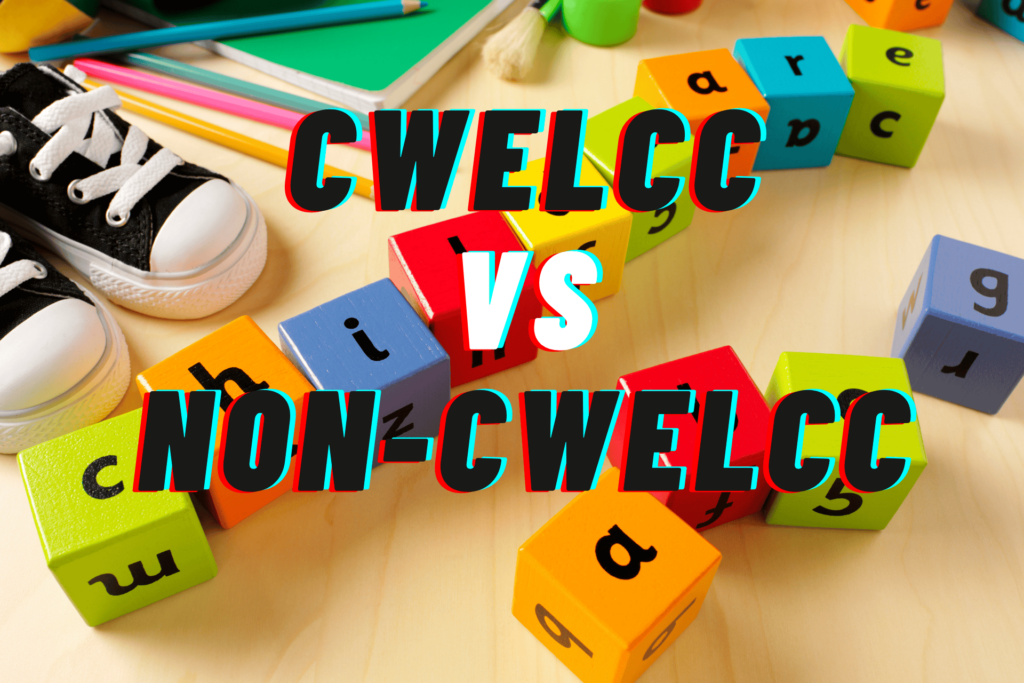If you’re a teacher aspiring to establish your own child care centre, it signifies a transition from being an employee to becoming an entrepreneur. Launching a child care centre involves understanding two crucial aspects. While you may not need to be an expert in every detail, identifying what you don’t know is essential for continuous learning.
As an employee, you simply follow instructions from a supervisor. However, entrepreneurship is a distinct challenge. Mastering the concept of defining your daycare’s unique positioning is vital. Opening a new daycare essentially means initiating a business or startup, where every decision becomes pivotal.
The two key facets of opening a child care centre include the technical aspect and the business aspect. The technical aspect involves practical tasks like obtaining licenses, renovations, staff recruitment and more. On the other hand, the business aspect encompasses strategic planning, positioning, branding, budgeting and marketing.
While the technical steps are relatively straightforward—following guidelines and procedures to set up the childcare centre—the business management aspect can be challenging, especially for those accustomed to an employee mindset. Many concepts in running a business aren’t typically part of traditional education, making them unfamiliar and potentially uncomfortable.
Merely completing the technical steps won’t automatically attract parents or ensure full enrollment from day one. Realize that achieving full capacity takes time. I once conversed with an operator who, despite having a centre with 50 licensed spots, filled only 10% of them in the first six months. Be prepared for the challenges, ensuring sufficient cash flow to sustain the daycare until full capacity is achieved.
Frequently, you may have encountered discussions on business plans, with some articles suggesting it’s unnecessary and it’s merely a prerequisite for securing bank loans. Others argue against the necessity of a document, proposing a simplified one-page business plan. However, the true essence of a business plan extends beyond a formality—it serves as a tool to stimulate your thinking about your business and how you can succeed.
The central question it aims to address is, “Why would parents choose to entrust their children to your care instead of opting for another competitor?” If you can’t confidently answer this question and convey it to parents, what incentive do they have to have their most precious kid enrolled in your school?
Many centres rely on price competition, and many centres that enrolled in the government $10 daycare program do indeed are at capacity. While this may yield full capacity due to the high demand for such affordability, what happens if the market becomes saturated with $10 daycares? Will you remain competitive? Or you are going to wait for that to come then you think about it then which might become too late. What if the government program runs out of money and you are left high and dry? What if you haven’t joined this program, what motivates parents to invest substantially in your school? The answer lies in what we term “unique positioning,” a critical factor determining the success of your business. Regardless if you are in the $10 daycare, you should have the unique positioning for your daycare because once that is saturated or when situation changes, your daycare will be on the top tier while other daycares which parents are indifferent of will suffer and eventually disappear.
Your Unique Position
Do you possess a distinctive position in the market? If not, it’s imperative to engage in the exercise of defining one. Although the positioning may not be immediately apparent, persistent reflection can bring clarity. Dedicate serious thought to your business plan, as it constitutes a crucial first step toward success.
Take a moment to address these questions for yourself:
- Why would parents choose your daycare over the multitude of options available?
- What sets your daycare apart—what is your unique niche or positioning?
- Why should parents entrust their children to your facility rather than any other place?
- What justifies parents paying thousands of dollars in enrolling their kids at your daycare?
- What types of parents would choose your school for their children?
- What types of kids will attend your school?
Now, step into the role of a parent and review your answers objectively. Put aside your operator mindset and don your parent hat. Ask yourself if the responses truly convince you. Do you understand the unique positioning of the daycare? Would you willingly send your precious children to this establishment? If your answer is a firm “no,” it’s time to revisit and refine your responses. If you’re unsure, there’s still work to be done. Remember, you can’t be everything to everyone; specificity is key to avoiding a generalized appeal with no distinct reason for parents to choose your daycare.
Once you are content with your unique positioning, everything else falls into place. Marketing becomes more targeted and cost-effective, as you precisely know your target audience and the message that resonates with them. Consistency is key—your brand, materials, website, staff training, daycare design, and programs should all align with and support your unique positioning.
In summary, opening a daycare is more than the mechanics of physical setup; it’s an exercise in finding your “blue ocean,” identifying a gap in the crowded market, and attracting parents by delivering a unique niche that fulfils their needs. Don’t be deceived into thinking that merely building a daycare will draw parents. Correct market positioning, coupled with strategic communication to the right audience, is essential for success.








